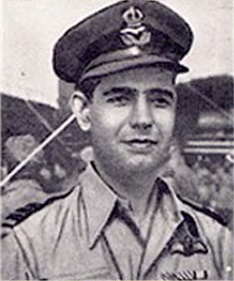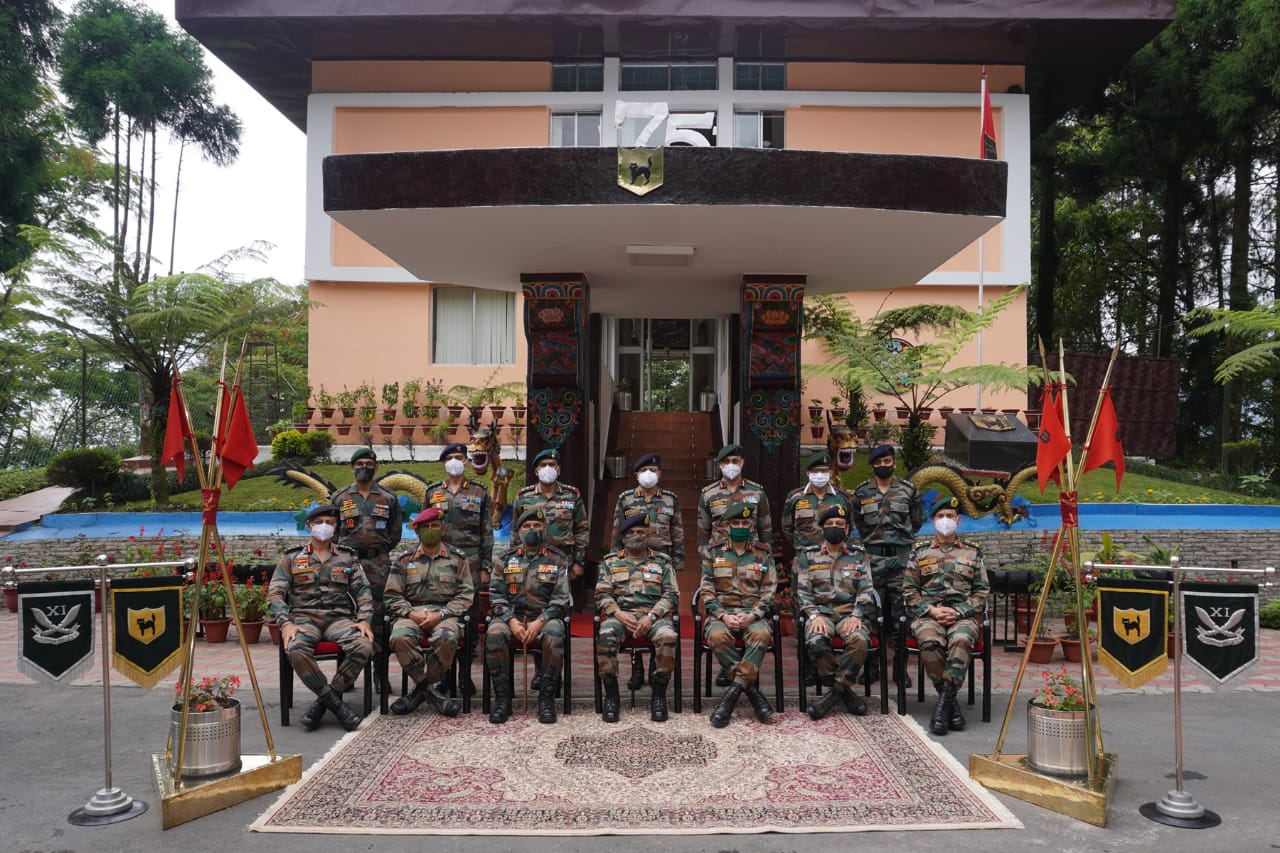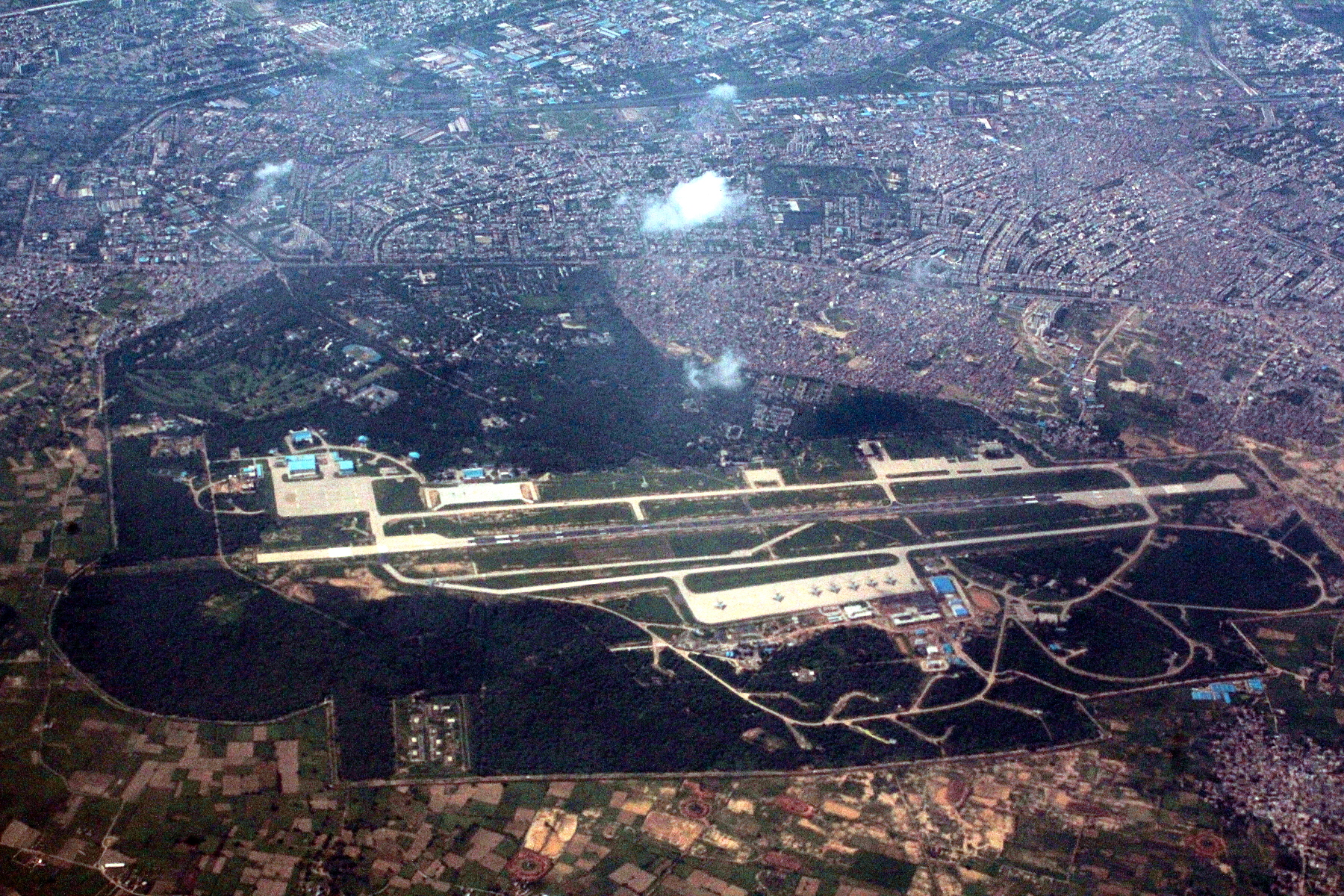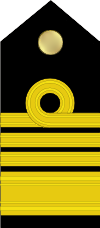|
Indian Annexation Of Goa
The Annexation of Goa was the process in which the Republic of India annexed the Portuguese State of India, the then Portuguese Indian territories of Goa, Daman and Diu, starting with the armed action carried out by the Indian Armed Forces in December 1961. In India, this action is referred to as the "Liberation of Goa". In Portugal, it is referred to as the "Invasion of Goa". Jawaharlal Nehru had hoped that the popular movement in Goa and the pressure of world public opinion would force the Portuguese Goan authorities to grant it independence, but without success; consequently, Krishna Menon suggested taking Goa by force. The operation was codenamed Operation Vijay (meaning "Victory" in Sanskrit) by the Indian Armed Forces. It involved air, sea and land strikes for over 36 hours, and was a decisive victory for India, ending 451 years of rule by Portugal over its remaining exclaves in India. The engagement lasted two days, and twenty-two Indians and thirty Portuguese were ... [...More Info...] [...Related Items...] OR: [Wikipedia] [Google] [Baidu] |
Goa, Daman And Diu
Goa, Daman and Diu (, ) was a union territory of the Republic of India established in 1961 following the Annexation of Goa, liberation of Portuguese India, with Maj Gen K P Candeth as its first governor. The Goa portion of the territory was granted full statehood within the Indian union on 30 May 1987, Daman and Diu remained a separate territory until December 2019, when it was merged with Dadra and Nagar Haveli and is today the territory of Dadra and Nagar Haveli and Daman and Diu (Damaon, Dio & Silvassa). The areas of Goa and Damaon are located at the southern and northern edges of the Konkan region, the two geographically separated from each other by land and sea, the two areas were among the many other possessions that were ruled over for centuries by the Portuguese in Goa and Bombay. For the purposes of local administration under Indian administration, the territory was divided into three districts; namely Goa, Damaon, and Dio district, with the capital at Panjim. [...More Info...] [...Related Items...] OR: [Wikipedia] [Google] [Baidu] |
Aspy Engineer
Air Marshal Aspy Merwan Engineer DFC (15 December 1912 – 1 May 2002) was an officer in the Indian Air Force who rose through the ranks to become independent India's second Chief of the Air Staff, succeeding Subroto Mukerjee in 1960 and preceding Arjan Singh. His flying career began in 1930 at the age of 17, when as a co-pilot he accompanied his friend R. N. Chawla to Croydon Airport, London from Karachi in British India, by flight and were the first Indians to do so. Shortly afterwards, he won the Aga Khan contest for being the first Indian to fly the journey between England and India, solo and within a one-month time frame. Engineer subsequently joined the Indian Air Force, trained at RAF Cranwell, saw action on the North Western Frontier Provinces (NWFP) and at Burma and as a result was awarded the Distinguished Flying Cross (DFC). By the end of the Second World War he became Wing Commander. Following retirement, he served as India's ambassador to Iran and lat ... [...More Info...] [...Related Items...] OR: [Wikipedia] [Google] [Baidu] |
Américo Tomás
Américo de Deus Rodrigues Thomaz (; 19 November 1894 – 18 September 1987) was a Portuguese Navy Officer (armed forces), officer and politician who served as the 13th president of Portugal from 1958 to Carnation Revolution, 1974. He was the last president of the authoritarian and corporatist Estado Novo (Portugal), Estado Novo. Biography Early life Américo de Deus Rodrigues Thomaz was born in Lisbon to his parents António Rodrigues Thomaz and Maria da Assumpção Marques. He married Gertrudes Ribeiro da Costa in October 1922. The couple had two children, Maria Natália Rodrigues Thomaz (born 1923) and Maria Magdalena Rodrigues Thomaz (born 1925). Thomaz entered high school at Lapa, Portugal in 1904, completing his secondary education in 1911. He then attended the Faculty of Sciences for two years (1912–1914), after which he joined the Portuguese Naval School, Naval Academy as a midshipman. Military career After Thomaz graduated from the Portuguese Naval School, Na ... [...More Info...] [...Related Items...] OR: [Wikipedia] [Google] [Baidu] |
17th Infantry Division (India)
The 17th Infantry Division is a formation of the Indian Army. During the Second World War, it had the distinction of being continually in combat during the three-year-long Burma Campaign (except for brief periods of refit). The division was re-raised in 1960 and the 17 Mountain Division is presently located in Sikkim under XXXIII Corps. Second World War The division was first raised at Ahmednagar, India under the command of Major General H V Lewis in 1941. It consisted then of the 44th, 45th and 46th Indian Infantry Brigades, and was intended to garrison Iraq. At the end of the year, war with Imperial Japan broke out and the division was split; 44th and 45th Brigades were despatched to Malaya where 45th Brigade fought in the Battle of Muar before both brigades were lost in the Battle of Singapore. The 46th Brigade and the division HQ went to Burma, where the Division was reinforced by 16th Indian Infantry Brigade and took 2nd Burma Infantry Brigade under command. 1942 T ... [...More Info...] [...Related Items...] OR: [Wikipedia] [Google] [Baidu] |
Major General (India)
Major general is a Two-star rank, two-star general officer rank in the Indian Army. It is the third-highest active rank in the Indian Army. A major general ranks above the one-star rank of Brigadier (India), brigadier and below the three-star rank of Lieutenant General (India), lieutenant general. The equivalent rank in the Indian Navy is Rear admiral (India), rear admiral and in the Indian Air Force is Air Vice Marshal (India), air vice marshal. Appointments Officers in the rank of major general hold important appointments like general officer commanding a Division (military), division. The Indian Army has 40 divisions in 14 corps. The general officers commanding sub areas across the country are also of the rank of major general. At army headquarters, major generals hold the appointments of additional director general in different directorates and staff branches. Ministry of Defence HQ In the Department of Military Affairs of the Ministry of Defence (India), Ministry of Defen ... [...More Info...] [...Related Items...] OR: [Wikipedia] [Google] [Baidu] |
Western Air Command
The Western Air Command (WAC) is the regional command of Indian Air Force headquartered in New Delhi. It is the largest and most important Air Command of the IAF, comprising sixteen Air Force Bases (AFBs), and is responsible for aerial defence of North India. WAC's Area of Responsibility extends from Jammu and Kashmir to Rajasthan, also covering the states of Himachal Pradesh, Punjab, Haryana, New Delhi and Western Uttar Pradesh. History WAC was raised in 1947 as the No. 1 Operational Group which controlled all the flying units of Indian Air Force, including the flying training units. On July 22, 1949, the No. 1 Operational Group was re-designated as the Operational Command. In 1958, the rank of the Commanding Officer of Operational Command was upgraded from Air Commodore to Air Vice Marshal and later, to the rank of Air Marshal. In the aftermath of the India-China War of 1962, the IAF began the process of demarcation of specific areas of responsibility, and splitting up of t ... [...More Info...] [...Related Items...] OR: [Wikipedia] [Google] [Baidu] |
Erlic Pinto
Air Vice Marshal Erlic Wilmot Pinto, PVSM (29 June 1921 – 22 November 1963) was an Air officer in the Indian Air Force. He was the Air Officer Commanding-in-Chief (AOC-in-C) Western Air Command when he was killed in the 1963 Poonch Indian Air Force helicopter crash. He served in the IAF from 1940 until his death in 1963. He was the theatre air commander commanding the air operations during the Annexation of Goa. Early life and education Erlic Pinto was born on 29 June 1921 into the Pinto do Rosario family of Porvorim, Goa. His brothers Fausto and Norman also served in the Indian Armed Forces. Fausto joined the Indian Navy and retired as a Rear Admiral while Norman joined the Indian Army and retired as a captain. He attended the St. Paul's School, Belgaum and the St. Xavier's College, Mumbai. Military career World War II In August 1940 Pinto was seconded to the UK along with 23 other trained Indian pilots. He served with the No. 12 Squadron RAF from 1940 to 1942. In ... [...More Info...] [...Related Items...] OR: [Wikipedia] [Google] [Baidu] |
Flag Officer Commanding Western Fleet
Flag Officer Commanding Western Fleet (FOCWF) is the title of the Indian Navy Officer who commands the Western Fleet, headquartered in Mumbai, Maharashtra. The FOCWF is a two star admiral holding the rank of Rear Admiral. The appointment is considered to be an important and a coveted one. The Current FOCWF is Rear Admiral Rahul Vilas Gokhale, who assumed office on 23 August 2024. History After the independence and the partition of India on 15 August 1947, the ships and personnel of the Royal Indian Navy were divided between the Dominion of India and the Dominion of Pakistan. The Chief of the Royal Indian Navy was designated ''Flag officer Commanding Royal Indian Navy (FOCRIN)''. Serving under him was the ''Commodore Commanding Indian Naval Squadron (COMINS)'', the precursor to the Fleet Commander. In 1951, the appointment was upgraded to Two-star rank and was designated ''Rear Admiral Commanding Indian Naval Squadron (RACINS)''. In 1952, with the increase in number of naval vesse ... [...More Info...] [...Related Items...] OR: [Wikipedia] [Google] [Baidu] |
Bhaskar Sadashiv Soman
Admiral (India), Admiral Bhaskar Sadashiv Soman (30 March 1913 – 8 February 1995) was an Indian Navy Admiral. He was in command of the Indian Navy from 1962 to 1966 as the 4th Chief of the Naval Staff (India), Chief of the Naval Staff (CNS). Early life Soman was born in Gwalior, the capital of the Gwalior State, eponymous princely state. He received his early education at the Indian National Congress' Tilak Vidyalaya and at a school in Sangli State. Career He subsequently entered the Royal Indian Marine (RIM), and following initial training on the training ship ''T/S Dufferin'', was selected for officer training in the United Kingdom in 1932. He was appointed a sub-lieutenant in the RIM on 1 September 1934, and was promoted to Lieutenant (navy), lieutenant on 1 September 1937. During World War II, Soman was promoted to acting lieutenant-commander on 29 April 1944, and to the permanent rank of lieutenant-commander on 1 September 1945. During the war, he served in various shore ... [...More Info...] [...Related Items...] OR: [Wikipedia] [Google] [Baidu] |
Rear Admiral (India)
Rear admiral is a Two-star rank, two-star flag officer rank in the Indian Navy. It is the third-highest active rank in the Indian Navy. Rear admiral ranks above the one-star rank of Commodore (India), commodore and below the three-star rank of Vice Admiral (India), vice admiral. The equivalent rank in the Indian Army is Major General (India), major general and in the Indian Air Force is Air Vice Marshal (India), air vice marshal. History Admiral (India), Admiral Ram Dass Katari was the first Indian to be promoted to the rank of Rear admiral. In 1954, while serving as the Deputy Chief of the Naval Staff (India), Deputy Commander-in-Chief, in the absence of Rear Admiral Mark Pizey, he officiated as the Chief of the Naval Staff (India), Commander-in-Chief in the rank of rear admiral. On 12 March 1956, Katari was promoted to the acting rank of Rear Admiral. On 2 October 1956, he was confirmed as a substantive rear admiral and became the first Indian officer to be appointed the Fla ... [...More Info...] [...Related Items...] OR: [Wikipedia] [Google] [Baidu] |
Southern Command (India)
Southern Command is a formation of the Indian Army, active since 1895. It has seen action during the integration of several Princely States into modern India, during the 1961 Indian liberation of Goa, and during the 1965 and 1971 Indo-Pakistani Wars. Lieutenant General Dhiraj Seth is the present Southern Army Commander. History Early history The Presidency armies were abolished with effect from 1 April 1895 when the three Presidency armies became the Indian Army. The Indian Army was divided into four Commands (Bengal Command, Bombay Command, Madras Command and Punjab Command) each under a lieutenant general. In 1908, the four commands were merged into two Armies (Northern Army and Southern Army): this system persisted until 1920 when the arrangement reverted to four commands again (Eastern Command, Northern Command, Southern Command and Western Command). In 1914, the Southern Army consisted of the 4th (Quetta) Division, the 5th (Mhow) Division, the 6th (Poona) Division, t ... [...More Info...] [...Related Items...] OR: [Wikipedia] [Google] [Baidu] |






